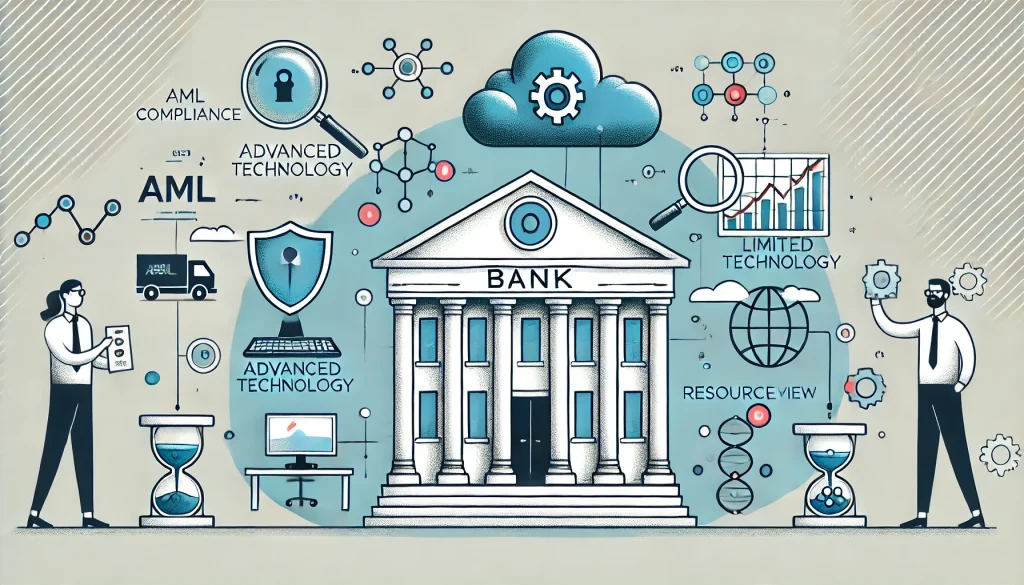In today’s increasingly digital world, cybersecurity is one of the most critical issues facing businesses globally. With the rise of remote work, cloud computing, and digital transactions, the need to safeguard sensitive data from cybercriminals has never been greater. In fact, cyber threats continue to evolve, becoming more sophisticated and widespread, making cybersecurity not just a technological concern but a business priority.
In this blog post, we’ll explore what cybersecurity is, the main concerns facing businesses today, and provide examples of recent cybersecurity breaches. We’ll also offer a look at the most recent statistics, both globally and within the UK, to highlight the urgency of this issue.
What is Cybersecurity?
At its core, cybersecurity refers to the practices, processes, and technologies designed to protect systems, networks, and data from cyberattacks. Cybersecurity aims to defend against threats that can compromise confidentiality, integrity, or availability of sensitive information.
This includes protection from a range of cyber threats:
- Malware (viruses, ransomware, spyware)
- Phishing (deceptive attempts to steal sensitive information)
- DDoS Attacks (Distributed Denial of Service, which disrupts service access)
- Data Breaches (unauthorised access to sensitive data)
- Zero-Day Exploits (targeting vulnerabilities in software before patches are available)
Why Cybersecurity is a Growing Concern
As businesses become more reliant on digital infrastructures, the risks and potential consequences of cyberattacks grow significantly. The following are some of the key concerns in the realm of cybersecurity today:
1. Data Breaches
Data breaches expose sensitive information such as personal data, financial details, or intellectual property. This can result in severe financial and reputational damage for businesses. In the UK, the average cost of a data breach is around £3.2 million, with the global average cost reaching $4.45 million.
2. Ransomware Attacks
Ransomware is one of the most disruptive cyber threats, where attackers encrypt a company’s data and demand payment for its release. According to Cybersecurity Ventures, ransomware attacks cost businesses worldwide an estimated $20 billion in 2021, with that figure expected to rise to $265 billion by 2031.
3. Remote Work and Cloud Security
With the widespread shift to remote work during the pandemic, the attack surface for businesses has expanded. Employees working from unsecured home networks or using personal devices for work have increased the risk of breaches. A UK government survey in 2023 revealed that 39% of businesses experienced a cyberattack in the previous 12 months, with the rise of remote work being a major contributing factor.
4. Supply Chain Vulnerabilities
Cybercriminals are increasingly targeting third-party suppliers to gain access to larger networks. In 2020, 40% of cyberattacks originated from vulnerabilities in the supply chain. This has put a spotlight on the importance of securing every link in the chain, not just a company’s internal infrastructure.
Recent Cybersecurity Breaches Making Headlines
Several high-profile breaches have made global headlines, underscoring the scale and impact of modern cyberattacks. Here are some of the most notable ones:
- Colonial Pipeline (2021): One of the largest ransomware attacks in the US, the Colonial Pipeline breach led to the shutdown of one of the country’s most critical fuel pipelines. The DarkSide ransomware group demanded a $4.4 million ransom, which Colonial Pipeline eventually paid. This attack led to major fuel shortages across the East Coast and highlighted the vulnerability of critical infrastructure.
- T-Mobile Data Breach (2021): In August 2021, T-Mobile experienced a data breach that compromised the personal information of over 40 million current and former customers. This breach exposed social security numbers, driver’s license information, and financial details, resulting in significant damage to T-Mobile’s reputation.
- NHS Ransomware Attack (UK, 2022): In 2022, a ransomware attack hit the UK’s National Health Service (NHS), targeting software supplier Advanced. This led to widespread disruption in services such as mental health care and patient appointment systems. While no ransom was officially paid, the incident highlighted vulnerabilities in critical health services.
- Microsoft Exchange Server Breach (2021): A major breach occurred in 2021, when vulnerabilities in Microsoft Exchange Server were exploited by hackers to gain access to emails, calendars, and contacts of businesses worldwide. It was estimated that around 30,000 US organisations were affected, including businesses, government agencies, and educational institutions.
Global and UK Cybersecurity Statistics
Cybersecurity is a global concern, and the statistics reflect the scope and scale of the problem:
- Globally, the cost of cybercrime is expected to reach $10.5 trillion annually by 2025, up from $3 trillion in 2015
- In the UK, 39% of businesses reported experiencing a cyberattack in 2023, with 27% identifying phishing attacks as the most common threat
- Ransomware remains a significant threat, with 21% of UK businesses stating they have been victims of ransomware attacks in 2022
- IBM’s 2023 Cost of a Data Breach Report highlighted that 83% of companies globally experienced more than one data breach in the past year, emphasising the pervasive nature of the problem
Best Practices for Strengthening Cybersecurity
Organisations can take several steps to protect themselves from cyber threats, including:
Regular Software Updates and Patching
Ensure all systems and applications are up to date to protect against zero-day exploits.
Employee Training
Multi-Factor Authentication (MFA)
Implement MFA across all critical systems to add an extra layer of security.
Backup Data Regularly
Keep regular backups of critical data, ensuring you have a recovery plan in case of a ransomware attack.
Third-Party Risk Management
Vet and monitor third-party suppliers for security vulnerabilities, as supply chain attacks are on the rise.
Conclusion: Cybersecurity as a Business Priority
Cybersecurity is no longer just a technical issue—it is a business imperative. With cyberattacks increasing in frequency and sophistication, the financial, reputational, and legal risks for businesses are higher than ever.
By investing in robust cybersecurity measures, regularly assessing vulnerabilities, and educating employees, businesses can significantly reduce the risk of falling victim to cyberattacks. As the digital landscape continues to evolve, staying one step ahead of cybercriminals will be key to ensuring your business remains secure and resilient.
Maximise your compliance!
Discover how our innovative courses can transform your firm’s skills and knowledge. Ensure your team always stays compliant, knowledgeable, and motivated to drive your organization forward.




